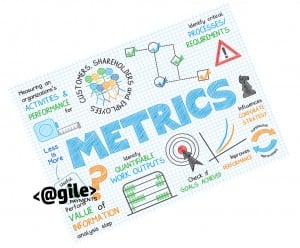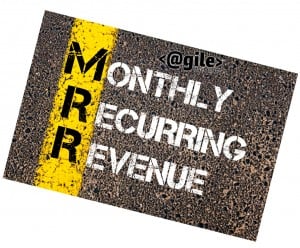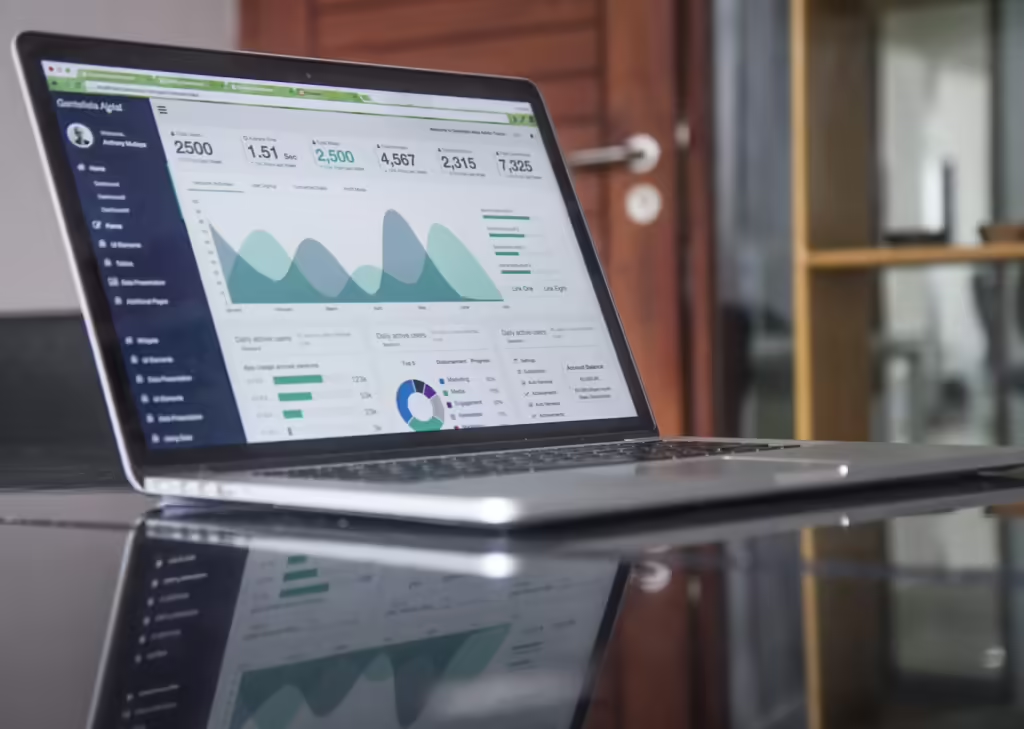Wondering what key performance indicators your SaaS company should be tracking? Like I mentioned in past posts, we provide payment gateways for SaaS providers here at Agile Payments so I get a lot of opportunities to speak with SaaS executives every day.
If so, you’re definitely alone.

More times than not when I ask them how business is they give me answers like “pretty good”, or “great”, and even the occasional “ROTTEN!”.
Regardless of their answer I usually reply by asking them what their metrics are on their key performance indicators.
Sometimes they can even answer me.
For your convenience we went ahead and pulled a list of the 12 KPI’s you need to start tracking if you’re not already.
Visitors and Signups (Free Trials)
Most SaaS companies offer a free trial of their service. Most likely you offer one too for your own service.
If so, you need to track how many of those free trial users convert into paid customers.


Step two is to measure what percentage of those visitors sign up for your trial.
Step three is to measure how many of the trial users become paying customers.
Paying Customers and Churn Rate
Does your service live up to the expectations of your trial users and paying customers?
Folks love signing up for free trials. Getting them to pay for your service month after month is another story altogether.


The two churn rates you need to measure are the percentage of free trial users who cancel before paying. The other churn rate you need to track is the percentage of your paying customers who quit too.
Monthly Recurring Revenue (MRR)
This KPI is self-explanatory but still vital to the success of your business.
The Monthly Recurring Revenue is the calculation of your monthly subscription revenue.
I consider it a vital KPI because without revenue coming in monthly you’re sunk.


The Committed Monthly Recurring Revenue is a slight variation of the MRR.
The only difference is that it shows what your revenue stream will be going in to the future if you halt all new sales.
To figure this indicator out, take your MRR, add your future recurring revenue to it. Then subtract the revenue of customers who are likely to quit your service.
The number you end up with will give you a clearer picture of the financial health of your organization.
Customer Acquisition Cost (CAC

You calculate this metric by adding up all the money you spent bringing in new customers. This includes everything that you spent on sales as well as marketing. Then divide by the number of new customers those efforts brought in.
Average Revenue Per User (ARPU)
This is a simple KPI that will help you figure out how long it will take to get back your Customer Acquisition Cost. You calculate by averaging the MRR of your paying customers.


This metric indicates how fast your company is going through its cash reserves.
Consider it the countdown to when your business goes out of business.
You figure it out by dividing your cash reserves by your monthly burn rate.
Viral Coefficient
This is an indicator of how fast and far your marketing flex stretches across the Internet.
This a little more tricky to figure out, but still something you should be able to get a grip on in no time at all.
Here’s a great resource you can turn to help you figure it out.
Number of Customer-reported (open) Issues [count]
Of course your customers should come first. Upset clients can sink you, and you know that.
Strive to keep this number as close to zero as you can. Fail here and the whole thing could blow up in your face.
Number of Recurring Issues


The last thing you want is your customers wondering about your competence.
Make these the number one enemy of your business and fight them tooth and nail.
Bounce Rate
How many people hit your website and then bounced off it without clicking through to any of your other pages?
If it’s over 55% of your visitors then you have some work cut out for you.


A quick look inside your analytics can tell you what pages your customers are leaving your site from.
In a perfect world 100% of your visitors will leave your site via your thank you page.
But that’ll never happen so you’ll need to keep an eye on the pages leading this list.
Most of the time you can rework the pages so they quit bouncing your visitors of your site. It will take some tinkering and testing. Do this long enough and you’ll get a nice converting site before you know it.
Did we miss a KPI you think we should have included? Make sure to let us know in the comment section below.
If you liked this post it would be cool if you could post the infographic below on to your blog!
Thanks!!







